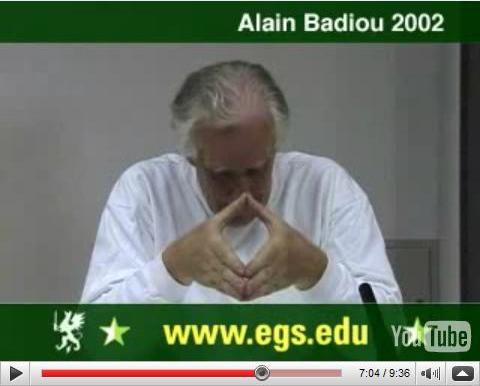|
Plato's
Diamond
|

|
From The Unknowable (1999), by Gregory J. Chaitin, who has written extensively about his constant, which he calls Omega:
"What is Omega? It's just the diamond-hard distilled and crystallized essence of mathematical truth! It's what you get when you compress tremendously the coal of redundant mathematical truth…"
Charles H. Bennett has written about Omega as a cabalistic number.
Here is another result with religious associations which, historically, has perhaps more claim to be called the "diamond-hard essence" of mathematical truth: The demonstration in Plato's Meno that a diamond inscribed in a square has half the area of the square (or that, vice-versa, the square has twice the area of the diamond).
From Ivars Peterson's discussion of Plato's diamond and the Pythagorean theorem:
"In his textbook The History of Mathematics, Roger Cooke of the University of Vermont describes how the Babylonians might have discovered the Pythagorean theorem more than 1,000 years before Pythagoras.
Basing his account on a passage in Plato's dialogue Meno, Cooke suggests that the discovery arose when someone, either for a practical purpose or perhaps just for fun, found it necessary to construct a square twice as large as a given square…."
From "Halving a Square," a presentation of Plato's diamond by Alexander Bogomolny, the moral of the story:
SOCRATES: And if the truth about reality is always in our soul, the soul must be immortal….
From "Renaissance Metaphysics and the History of Science," at The John Dee Society website:
Galileo on Plato's diamond:
"Cassirer, drawing attention to Galileo's frequent use of the Meno, particularly the incident of the slave's solving without instruction a problem in geometry by 'natural' reason stimulated by questioning, remarks, 'Galileo seems to accept all the consequences drawn by Plato from this fact…..'"
Roger Bacon on Plato's diamond:
"Fastening on the incident of the slave in the Meno, which he had found reproduced in Cicero, Bacon argued from it 'wherefore since this knowledge (of mathematics) is almost innate and as it were precedes discovery and learning or at least is less in need of them than other sciences, it will be first among sciences and will precede others disposing us towards them.'"
It is perhaps appropriate to close this entry, made on All Hallows' Eve, with a link to a page on Dr. John Dee himself.

































